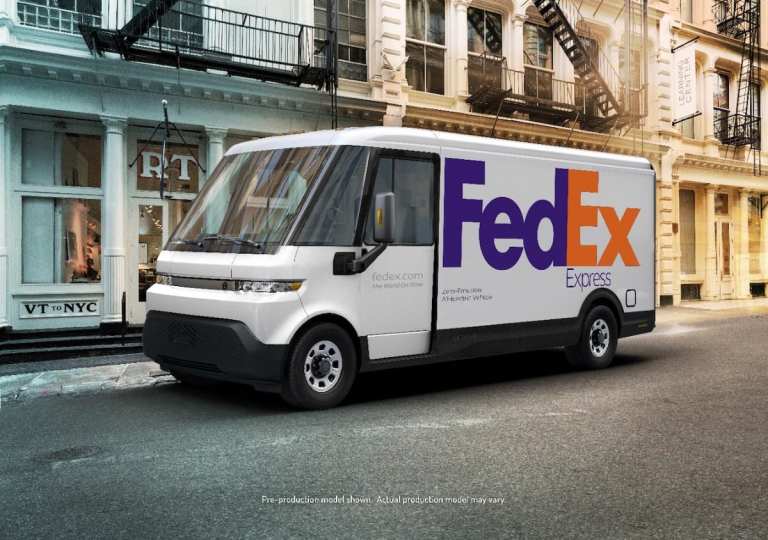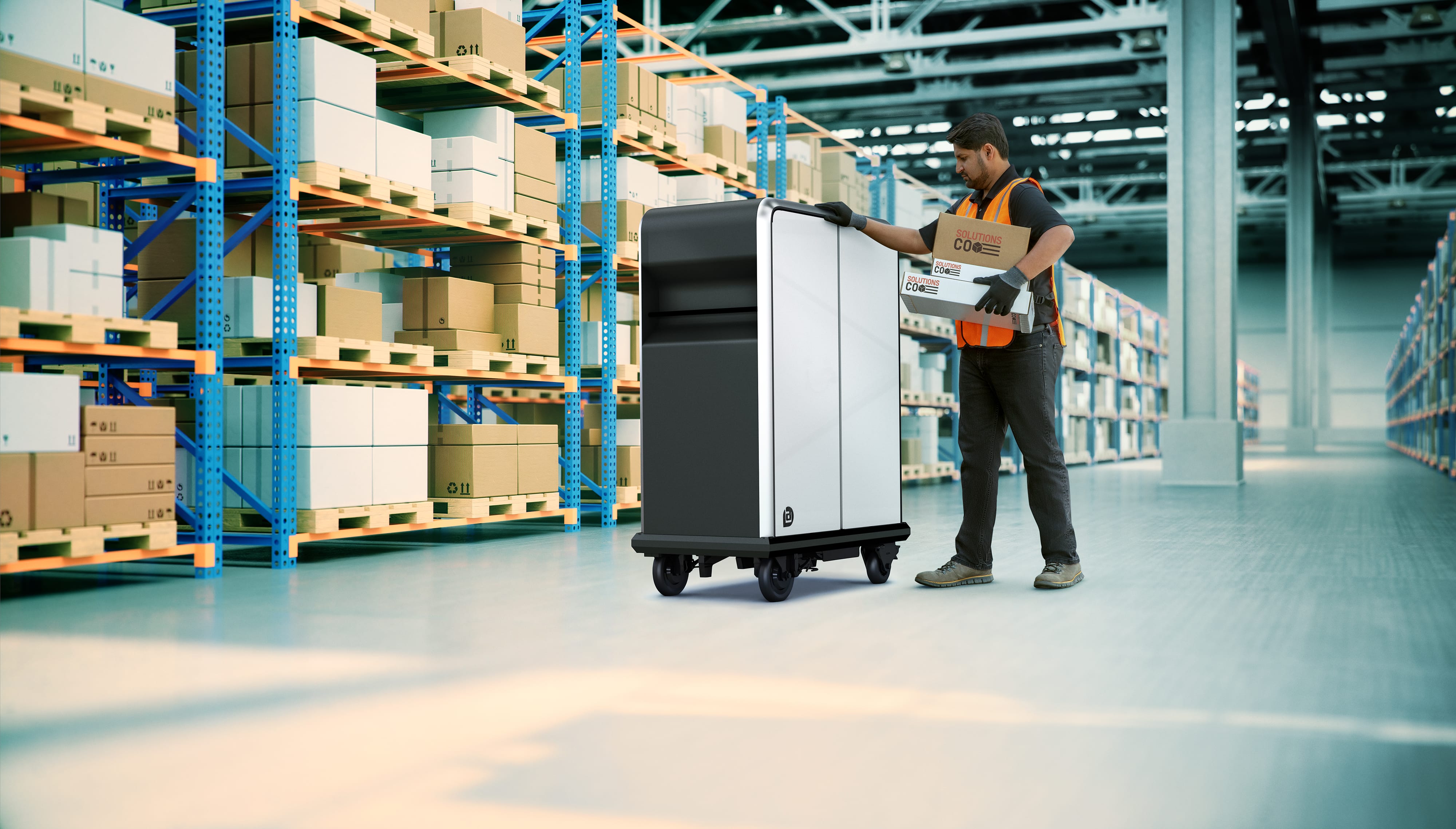
General Motors is launching a new division called BrightDrop to offer what the automaker describes as an entire “ecosystem” of software, services, electric trucks and other equipment to provide shippers with eco-friendly first- to last-mile delivery.
“BrightDrop offers a smarter way to deliver goods and services,” GM Chair and CEO Mary Barra said in unveiling the new operation. “We are building on our significant expertise in electrification, mobility applications, telematics and fleet management, with a new one-stop-shop solution for commercial customers to move goods in a better, more sustainable way.”
GM said it’s launching BrightDrop because the automaker expects the U.S. market for food and parcel, delivery and reverse logistics to top $850 billion by 2025. The automaker also said the World Economic Forum estimates that demand for urban last-mile delivery will grow 78 percent by 2030 thanks to eCommerce. That’s expected to increase the number of delivery vehicles in the world’s top 100 cities by 36 percent increase.
The automaker sees that as creating a market opportunity for eco-friendly solutions, as experts predict the increased shipping demands will boost delivery-related carbon emissions by nearly one-third.
General Motors believes it can use its electric-car expertise to help. For example, plans call for BrightDrop to initially offer a new “electric pallet” called the EP1 to automatically deliver goods from a truck’s cargo bay to a customer’s front door.
GM said EP1, which will become available early this year, can help reduce package touch points, costs and physical strain on delivery drivers.
And later in 2021, the company expects to roll out a new EV600 electric light truck that GM said has been “purpose-built for the delivery of goods and services over long ranges.”
The automaker said the zero-emissions EV600 will be able to travel as much as 250 miles on a single charge, offer more than 600 cubic feet of cargo space and recharge at 170 miles of range per hour using special direct-current equipment.
“Early customer interest in the EV600 has been strong, with the first vehicles to be delivered by the end of this year,” GM said in a statement. “BrightDrop expects to make the EV600s available to more customers to order starting in early 2022.”
General Motors said it developed such products through a pilot program with FedEx Express, which found the EP1s helped couriers safely handle 25 percent more packages per day, with workers finding the device easy to easy to maneuver and allowing them to reduce physical strain. FedEx Express also plans to become the first buyer of GM’s EV600s, receiving vehicles beginning later this year.
“Our need for reliable, sustainable transportation has never been more important,” said Richard Smith, regional president of the Americas and executive vice president of global support for FedEx Express. “BrightDrop is a perfect example of the innovations we are adopting to transform our company as time-definite express transportation continues to grow.”
“With this new suite of products, we will help improve the safety, security and timeliness of FedEx Express deliveries while reducing our environmental impact and protecting the well-being of our couriers,” Smith said.
GM To Also Move Into Software And Services
In addition to offering trucks and pallets, General Motors intends to move beyond hardware and sell software-enabled shipping services via BrightDrop.
The automaker said the new division’s product suite will include an integrated, cloud-based software platform that will provide clients with “detailed data and insights that can help improve overall operations, including route efficiency, asset utilization and product upgrades. Drivers and couriers can [also] utilize the mobile application for a variety of tasks.”
A BrightDrop mobile asset management system will also connect to the EP1 pallets to provide real-time information like location monitoring, battery status and the ability to lock and unlock the devices remotely. GM also intends to offer fleet-management services for EV600s, allowing fleet operators to see real-time location, predictive maintenance insights, safety alerts and more.

The EP1 is a propulsion-assisted, electric pallet developed to move goods more efficiently over short distances.